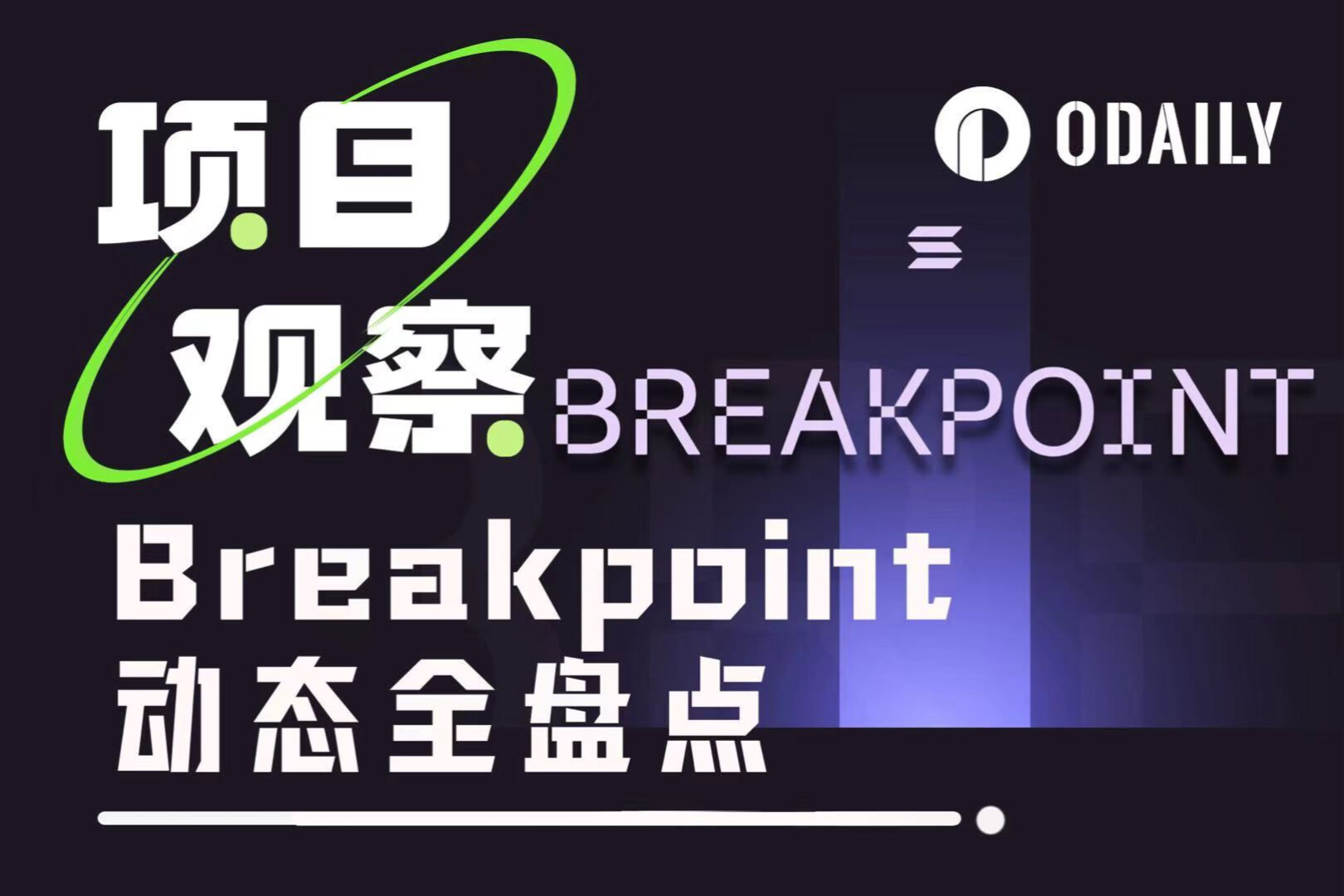Radpie: The upcoming RDNT's "Convex"
Penpie $PNP IDO has risen 5 times since its opening. Magpie takes advantage of the opportunity and announces the launch of "Convex" - Radpie under the blessing of multiple narratives. Can it replicate or even surpass the returns of PNP?
This article will introduce the Radpie mechanism, product advantages and disadvantages, narrative labels, and participants in Magpie's IDO.
A. Radpie Mechanism
In simple terms, Radpie is to RNDT what Convex is to Curve. As a full-chain lending protocol and layer-zero concept, Radiant has implemented restrictions on liquidity incentives. Simply put, you need to indirectly lock a certain amount of RNDT to obtain mining rewards. Specifically, you need dLP equivalent to 5% of the deposit amount. dLP refers to an LP of an 80% RDNT/20% ETH Balancer pool. Once the proportion falls below 5%, you will no longer receive RDNT emission rewards.
If you use the one-click loop function of RDNT, if your dLP ratio is less than 5%, the system will automatically borrow money to buy dLP for you.
This also brings good sustainability to RDNT, because when you mine RDNT, you are actually providing long-term liquidity for RDNT.
After all, dLP has lock-up time requirements, and the longer you lock, the higher the APR.
What Radpie does is to raise dLP and share it with DeFi miners so that they can mine without holding RDNT, similar to the sharing of veCRV in Convex. The raised dLP will also be given mDLP tokens, similar to how CRV is converted to cvxCRV through Convex.
For RNDT holders, they can form dLP and convert it to mDLP through Radpie, enjoying high returns while holding RNDT positions. The logic is similar to cvxCRV, after all, dLP contains 80% RNDT, and the price changes are closely related to RDNT. This is also good news for the Radiant project, as it provides long-term liquidity support for RDNT by converting it to mDLP and sending a portion of RNDT directly into the black hole. It also helps attract more lightweight users.
For example, in the image below, Pendle experienced accelerated growth after the release of Pendle's "Convex" product. Radiant is also expected to benefit from this.
The only drawback is that Radiant, unlike Pendle/Curve, does not have incentives distributed through voting, so it lacks the bribery income.
However, Radiant has made it clear that it will continue to build the DAO, so governance rights are expected to gain more value in the future. And Radpie, which holds a massive amount of governance rights (dlp), is naturally expected to benefit from this.
B. Product Pros and Cons
Similar to Penpie, Radpie is also a project that stands on the shoulders of giants, so the upper and lower limits of such projects are relatively clear. Horizontally comparing with Balancer, Aura FDV is 35%, while Convex is 14% of Curve. As RDNT is a project with an FDV of $300 million and listed on Binance, Radpie's valuation also has some comparability. According to the consistent style of Magpie subDAO, Radpie's IDO FDV should be below $10 million, which provides some profit space for IDO participants.
The disadvantage is that Radpie does not have the same horizontal expansion capability as its parent DAO Magpie. However, it will also benefit from the internal and external circulation system of Magpie's various subDAOs. Please refer to the content of the next section.
C. Narrative Tags
LayerZero/ ARB airdrop/ Super-sovereign leverage governance/ Internal and external circulation/ subDAO will be the narrative tags of Radpie.
LayerZero, RNDT is a well-known LayerZero concept coin, and Radpie will naturally utilize LayerZero to achieve cross-chain interoperability.
ARB airdrop, RNDT DAO has decided to airdrop 40% of the received ARB to the newly locked dLP for the next period of time, and 30% will be evenly distributed to the existing dLP for the next year. Radpie has coincidentally caught this opportunity and has the chance to participate in the feast of dividing this 2M+ ARB, which is very helpful for the project's launch.
Super-sovereign leverage governance, according to usual practice, a large amount of RDP will be allocated to the Magpie treasury. On one hand, the income generated by these tokens will be distributed to MGP holders, and on the other hand, MGP holders can also participate in the decision-making of Radiant DAO through the RDP they control.
Considering that MGP and RDP are both involved as a whole in RDNT, it inherently brings leverage. If MGP votes for a certain option, due to its majority share in RDP, it can basically pass as long as others do not collectively oppose it. In the voting of RDNT, the dLP controlled 100% by Radpie will also be cast in favor of this option. This is the essence of super-sovereign leverage governance.
Internal and external circulation, this is a unique system generated by Magpie's expansion using the subDAO model in the governance rights competition.
Take a simple example, the trading pair of mdLP/dLP will most likely be deployed on wombat. By bribing vlMGP holders, more wom incentives can be obtained. If Pendle is added to mDLP in the future, then Radpie will bribe Penpie.
These emitted tokens stay within the Magpie ecosystem, which is known as internal circulation, reducing net external expenditures.
External circulation refers to achieving resource sharing among multiple projects to reduce costs and increase efficiency. For example, Ankr obtains Pendle incentives through Penpie Bribes. If Radiant opens up Bribes in the future, it naturally can also be discussed.
subDAO, it is not difficult to see that both super-sovereign leverage governance and the internal and external dual circulation system are built on the basis of Magpie's expansion through the subDAO model. In addition to the above two points, subDAO actually has other benefits. One is that in the current flood of Rugs, reputation is the most important for doing projects, and the subDAO model can inherit the reputation of the mother DAO. The second is that compared to direct integration, providing independent tokens can fully leverage the advantages of Tokenomics to achieve growth. The third is to provide the market with more betting tools to ensure that the main project can keep up with most narratives.
D. Participating in Magpie's IDO
In Penpie, the allocation of IDO shares is as follows:
35% - xGRAIL holders
30% - mPENDLE holders
25% - vlMGP holders
10% - Penpie LP providers
And so on, the participation methods for Magpie's IDO in the future can be divided into:
The long-term participation method is to buy and hold vlMGP, which is expected to participate in all future subDAO IDOs of Magpie. However, this model is greatly influenced by the fluctuation of MGP price, so please do your own research.
The short-term arbitrage participation method is to borrow RDNT through Binance collateral or short contract hedging, participate in mDLP Rush activity by converting DLP to mDLP, and receive both RDP airdrops and IDO shares. If you have a desire to hold the underlying token (RDNT), you can also directly buy and participate in mDLP Rush.
It should be noted that mDLP/DLP is a soft peg, similar to cvxCRV/CRV, and may not necessarily remain 1:1 when you exit. DYOR, DYOR!
In addition, the Launchpad platform naturally can also receive some benefits, but honestly, low-valuation projects raising funds through the Launchpad platform are not significant.
PNP is expected to consider attracting traffic and engaging with the ARB community through Camelot to help Magpie make a name for itself on Arbitrum. Does Radpie seem to have no need for this anymore?
Pancake/ Camelot is indeed a viable candidate (although Camelot is not that qualified 🤣), but if there are no suitable terms, there is no reason to get involved, so the uncertainty in this area is relatively high. Moreover, the Cake & Grail plate is quite large, and the arbitrage returns may be relatively small, but there are significant factors of uncertainty.
Summary
Radpie is the Convex of RDNT, and its biggest advantage is its low valuation + backing from a big tree for better shade. Radpie has five narrative tags: LayerZero/ARB airdrops/super-sovereign leverage governance/inner-outer circulation/subDAO. IDO offers various participation methods suitable for both long-term and short-term.



